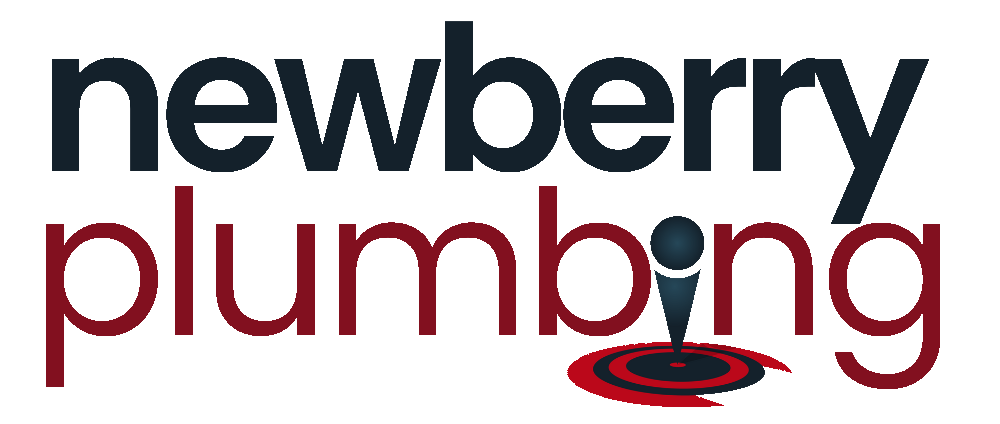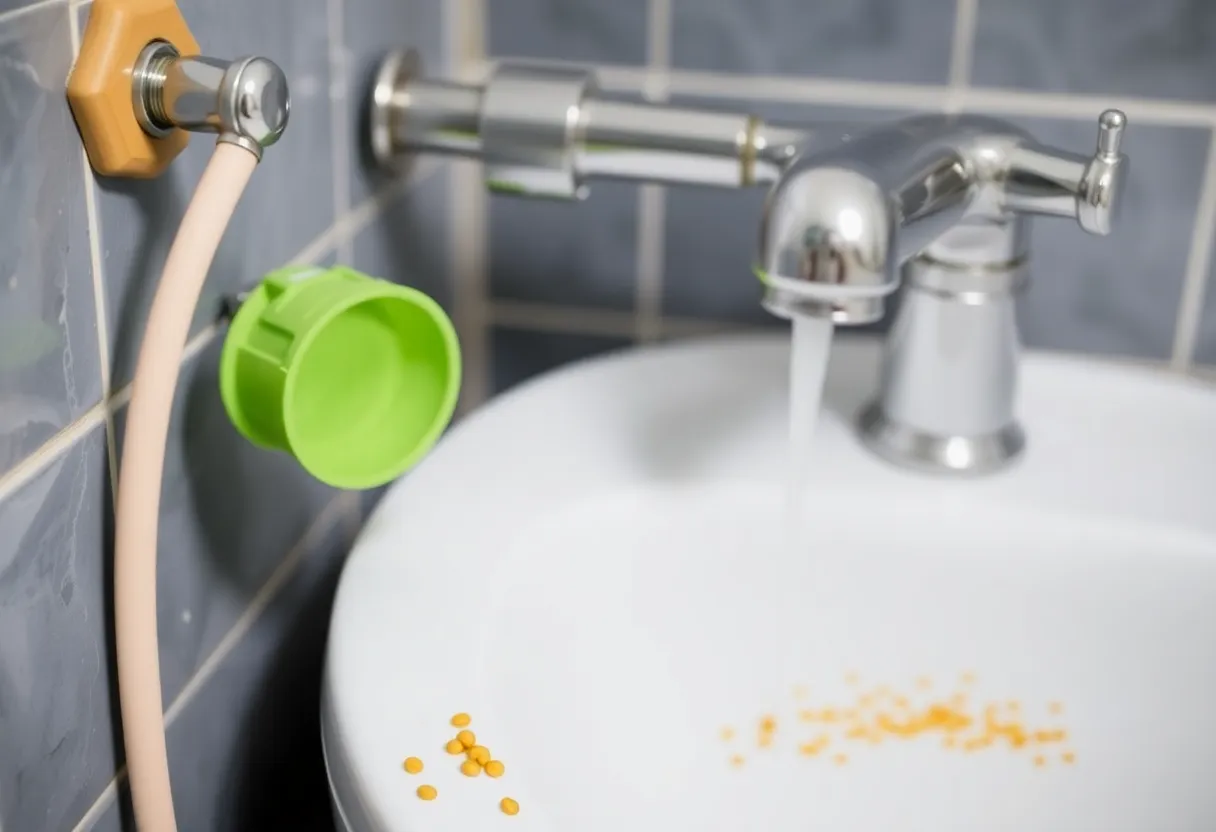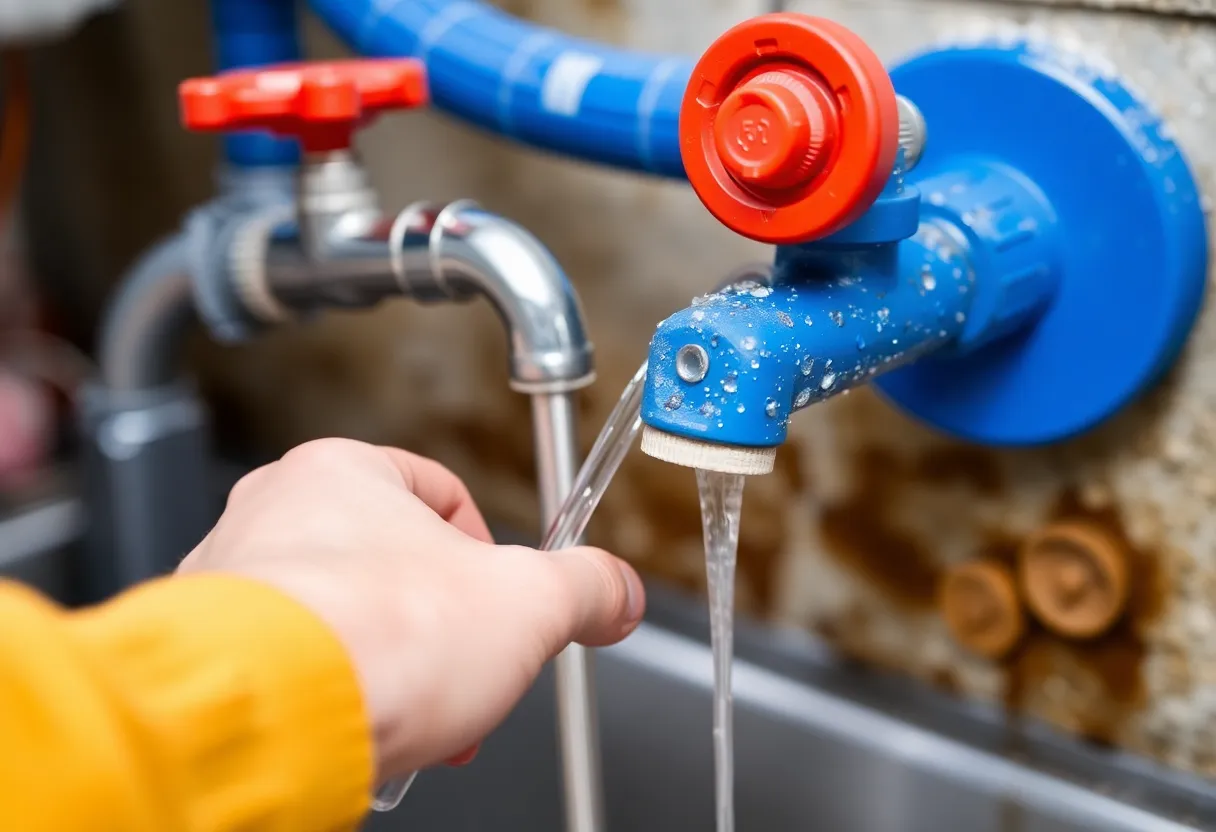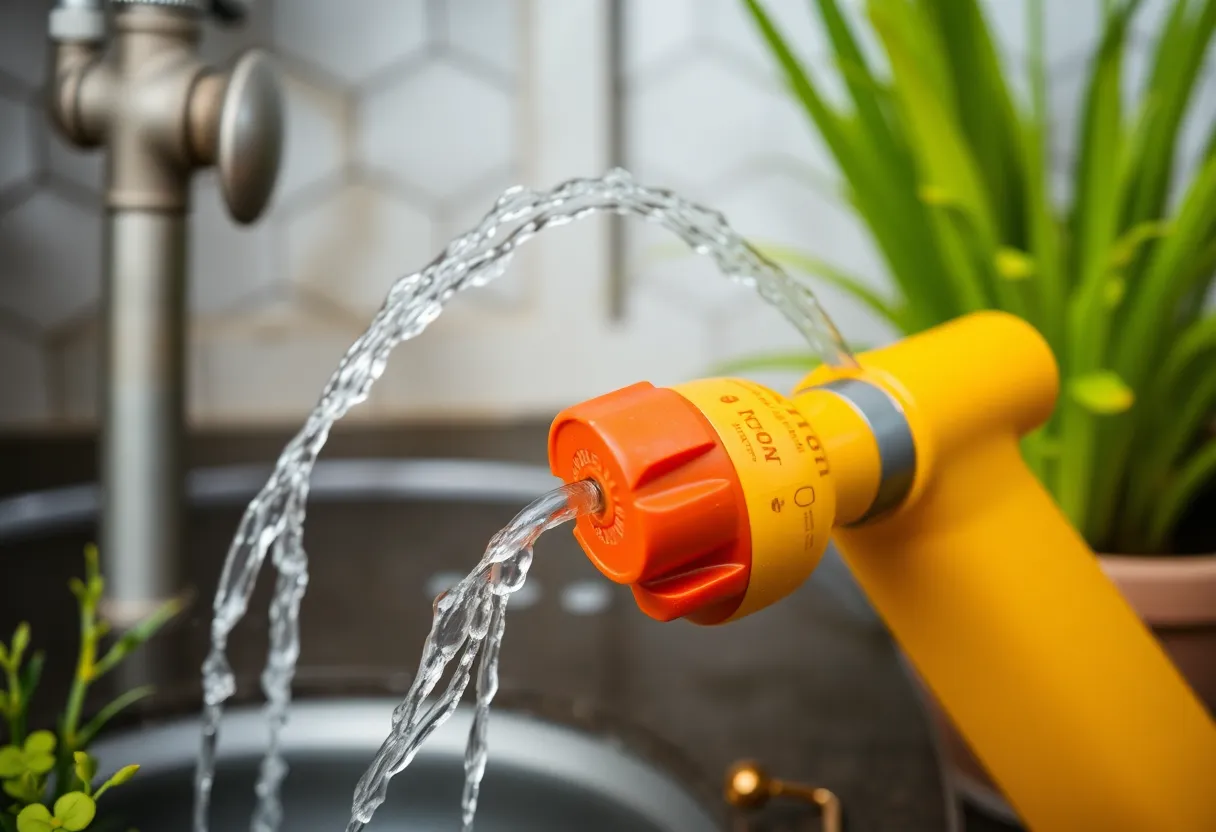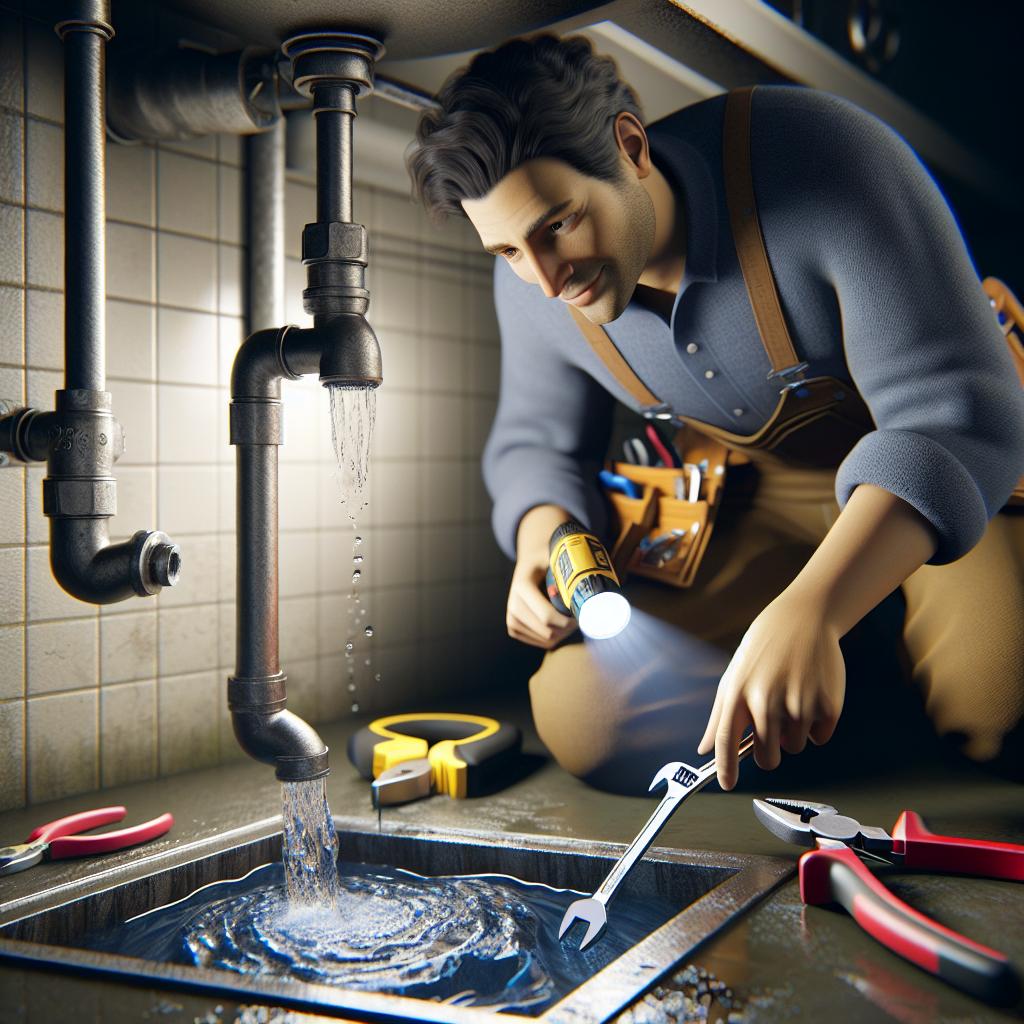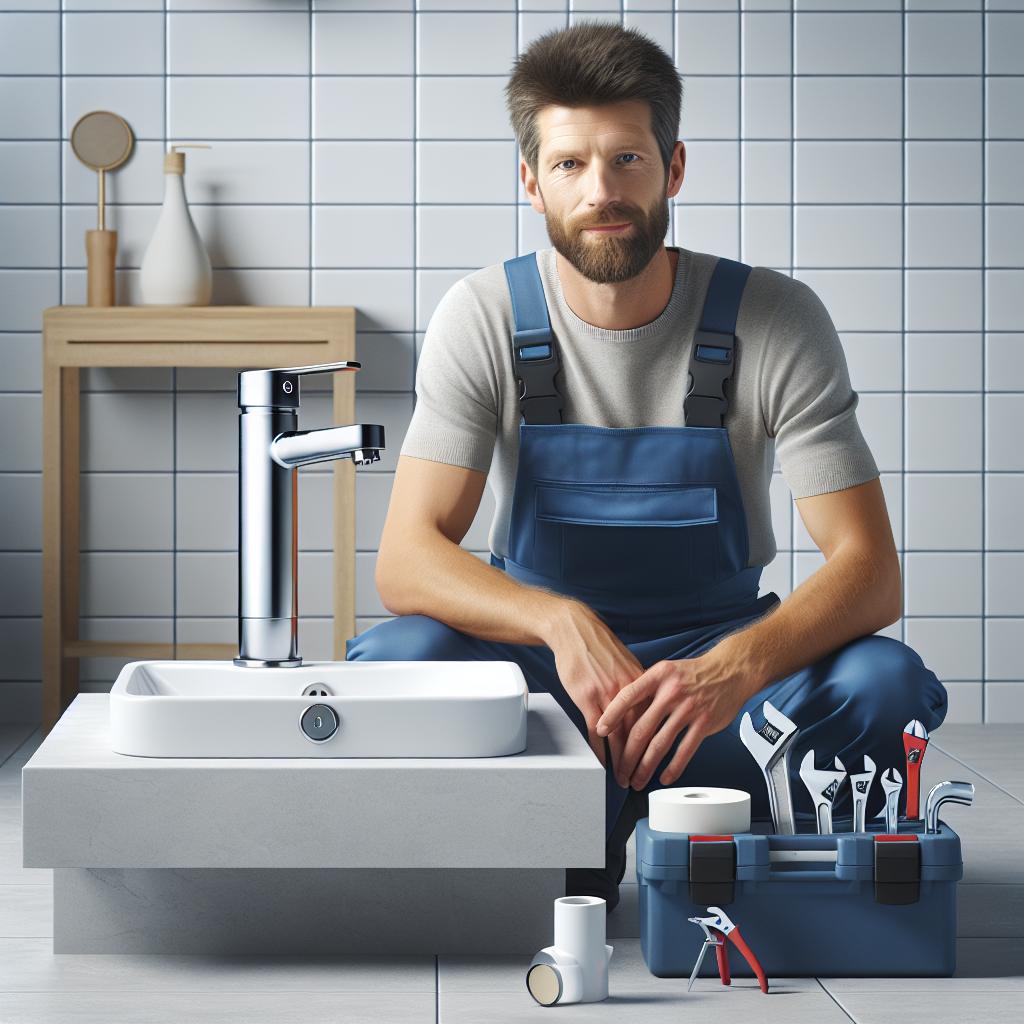The Plumbing Revelation: 9 Unexpected Plumbing Tricks to Boost Your Home’s Energy Efficiency
In today’s world, where energy conservation is becoming increasingly important, homeowners are constantly seeking ways to reduce their utility bills and minimize their environmental impact. One often-overlooked aspect of this endeavor is the plumbing system within the home. Believe it or not, your plumbing can significantly affect your energy efficiency. Here are _nine unexpected plumbing tricks_ that can help you boost your home’s energy efficiency.
1. Install Low-Flow Fixtures
Using low-flow fixtures is one of the simplest ways to improve your home’s energy efficiency. Low-flow faucets, showerheads, and toilets are designed to use significantly less water than their traditional counterparts without sacrificing performance.
Benefits of Low-Flow Fixtures
- Reduced Water Usage: Low-flow fixtures can reduce water consumption by up to 50%.
- Lower Energy Bills: Less hot water usage means lower energy costs related to heating water.
- Environmental Impact: Less water usage translates to conservation of natural resources.
2. Use Insulated Pipes
Insulating your water pipes can help maintain the temperature of the water within, reducing the energy needed to heat it. Insulated pipes also help prevent heat loss during colder months, which can be a major contributor to energy inefficiency.
How to Insulate Your Pipes
There are several methods to insulate your pipes:
- Foam pipe insulation sleeves are easy to install and come in various sizes.
- Use heat tape for pipes that may freeze in cold temperatures.
- Consider using insulated materials during any new installations.
3. Regular Maintenance of Your Water Heater
Your water heater is one of the highest consumers of energy in your home. Regular maintenance can keep it running efficiently. Here are a few simple tips:
Water Heater Maintenance Tips
- Flushing the Tank: Sediment buildup can decrease efficiency. Draining and flushing your tank at least once a year can help eliminate this issue.
- Checking the Anode Rod: The anode rod can corrode over time, which affects the lifespan of your water heater. Replacing it can enhance its efficiency.
- Setting the Temperature: Keeping your water heater temperature at 120 degrees Fahrenheit can save energy and prevent scalding.
4. Fix Leaks Promptly
Leaky faucets and toilets can waste a surprising amount of water over time, leading to higher energy costs. Promptly fixing these leaks not only saves water but also reduces the energy used to heat that water.
Identifying Leaks
It’s essential to be proactive in identifying leaks. Here are a few signs:
- Unexplained increases in your water bill.
- Water stains on ceilings or walls.
- The sound of running water when no taps are in use.
5. Opt for Energy-Efficient Appliances
When it’s time to replace your appliances, selecting energy-efficient models can make a significant difference. Look for products with the _Energy Star_ certification, which indicates that they meet energy efficiency guidelines set by the U.S. Environmental Protection Agency.
Energy-Efficient Appliance Benefits
- Reduced Energy Costs: Energy-efficient appliances use less electricity, leading to lower utility bills.
- Improved Performance: Many energy-efficient appliances offer better performance than traditional options.
- Long-Term Savings: Though the initial cost may be higher, you can save more in the long run through reduced energy consumption.
6. Consider a Tankless Water Heater
Unlike traditional water heaters that store hot water, tankless water heaters heat water on demand. This means you are not wasting energy keeping a tank full of hot water, which can significantly boost your home’s energy efficiency.
Advantages of Tankless Water Heaters
- Energy Efficiency: Tankless heaters can be up to 30% more efficient than traditional tanks.
- Longevity: They typically last longer, often providing service for 20 years or more.
- Endless Hot Water: You can enjoy continuous hot water, as they heat water as needed.
7. Upgrade Your Toilet
Older toilets can use more than three gallons per flush, which can add up significantly over time. Upgrading to a modern, water-efficient toilet can drastically reduce water consumption and energy costs linked to water heating.
Toilet Upgrade Options
When selecting a new toilet, consider the following options:
- Dual-flush toilets allow users to select a lower volume flush for liquid waste.
- High-efficiency toilets (HETs) use 1.28 gallons per flush or less.
8. Utilize Greywater Systems
Greywater systems reuse water from sinks, showers, and washing machines for non-potable purposes like irrigation. This can conserve both water and energy, as it reduces the demand on your plumbing system.
Implementing a Greywater System
Implementing a greywater system can be a great way to enhance energy efficiency:
- Check local regulations regarding the installation of greywater systems.
- Work with a professional to design a system that meets your household’s unique needs.
9. Monitor Your Water Usage
Keeping track of your water usage can help you identify areas for improvement. Smart water meters or usage monitors can provide insights about your consumption, allowing for adjustments that can lead to greater efficiency.
Benefits of Monitoring Water Usage
- Cost Savings: By understanding your usage patterns, you can adjust your habits to save money.
- Leak Detection: Abnormal usage patterns can alert you to potential leaks or existing inefficiencies.
Conclusion
In conclusion, being mindful of your plumbing system can lead to significant improvements in your home’s energy efficiency. Implementing these _nine unexpected plumbing tricks_ can not only help lower your utility bills but also contribute to a more sustainable lifestyle.
Remember, small changes can lead to big savings. Don’t overlook the potential that your plumbing holds when it comes to conserving energy and resources in your home. Start implementing these innovative solutions today, and watch how your home transforms into a more energy-efficient sanctuary.
